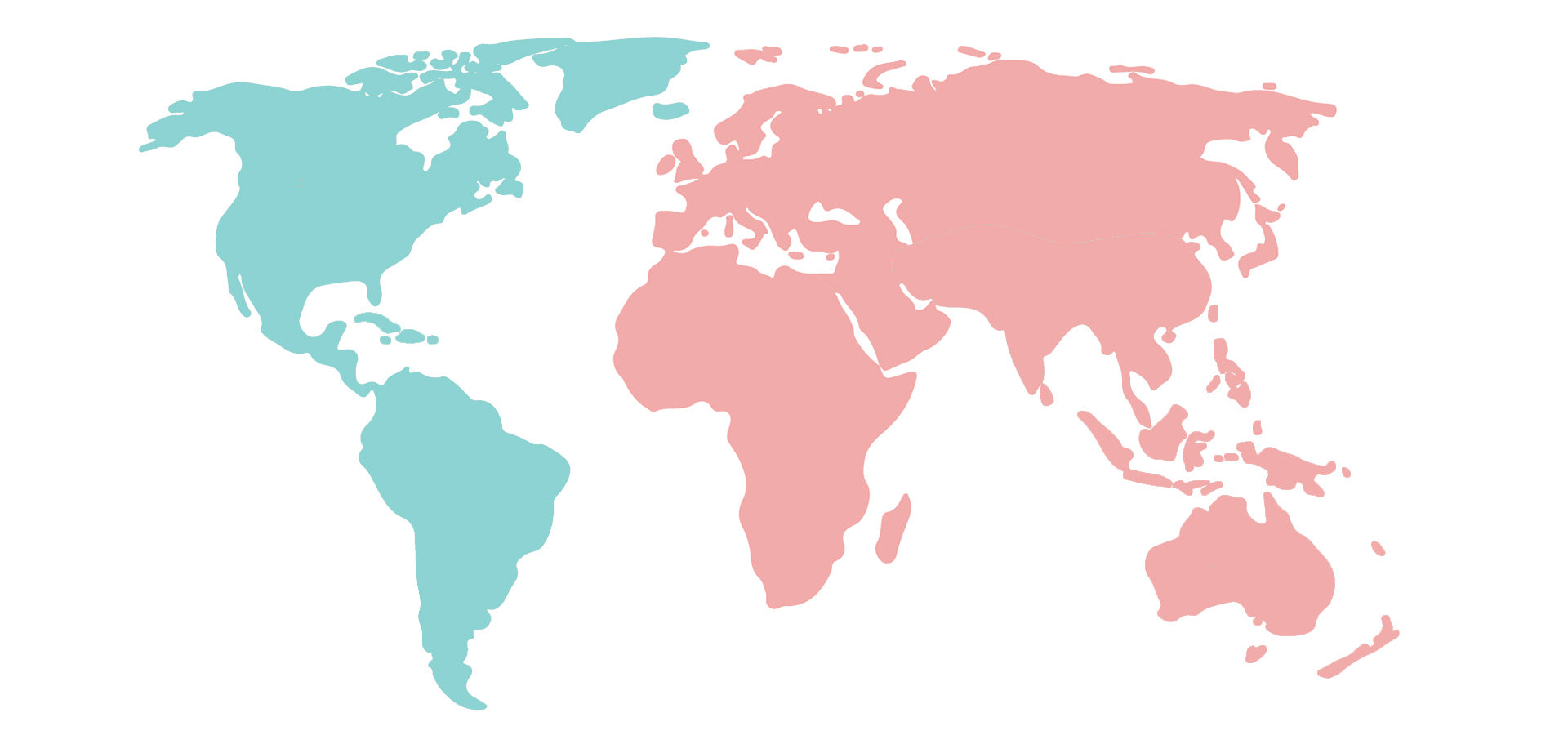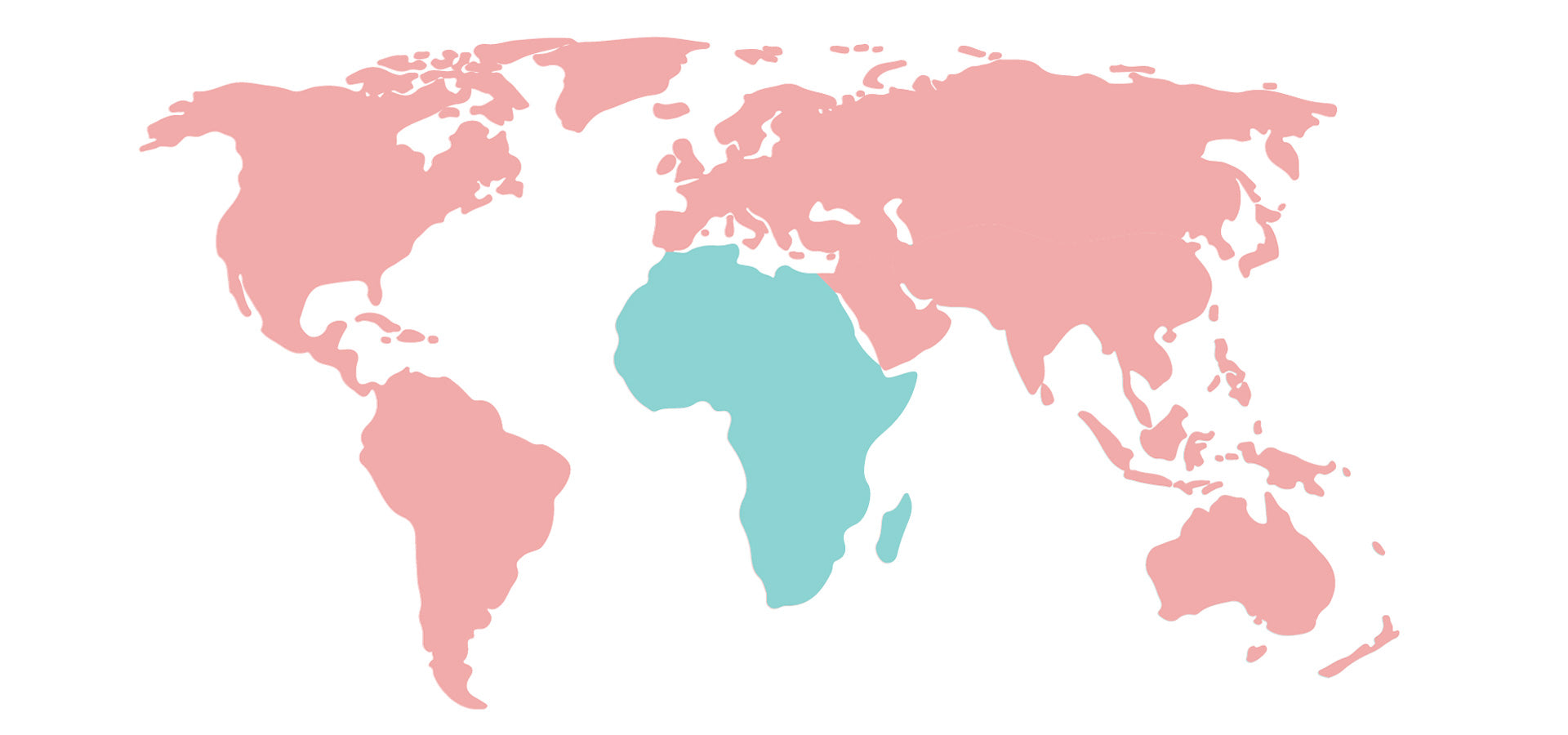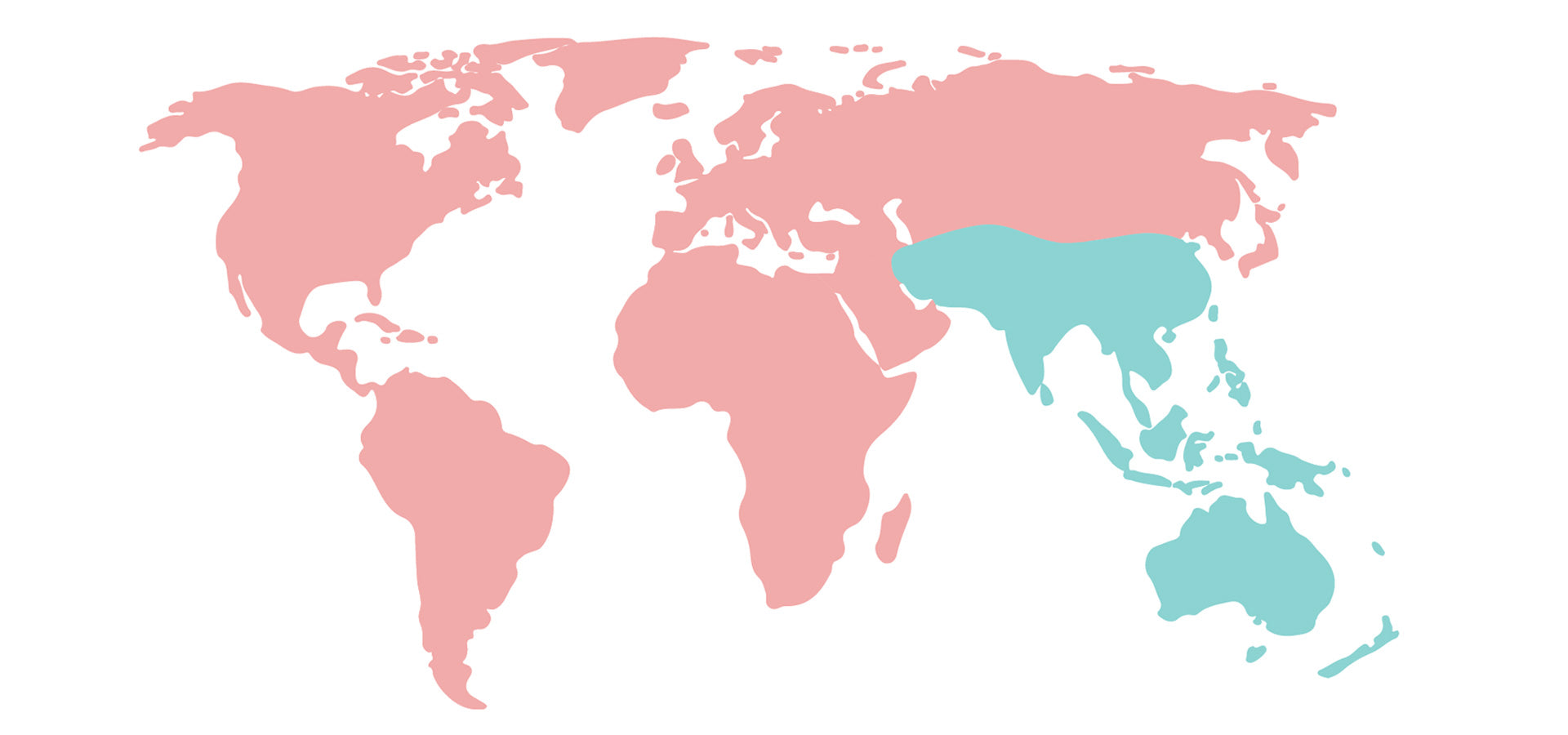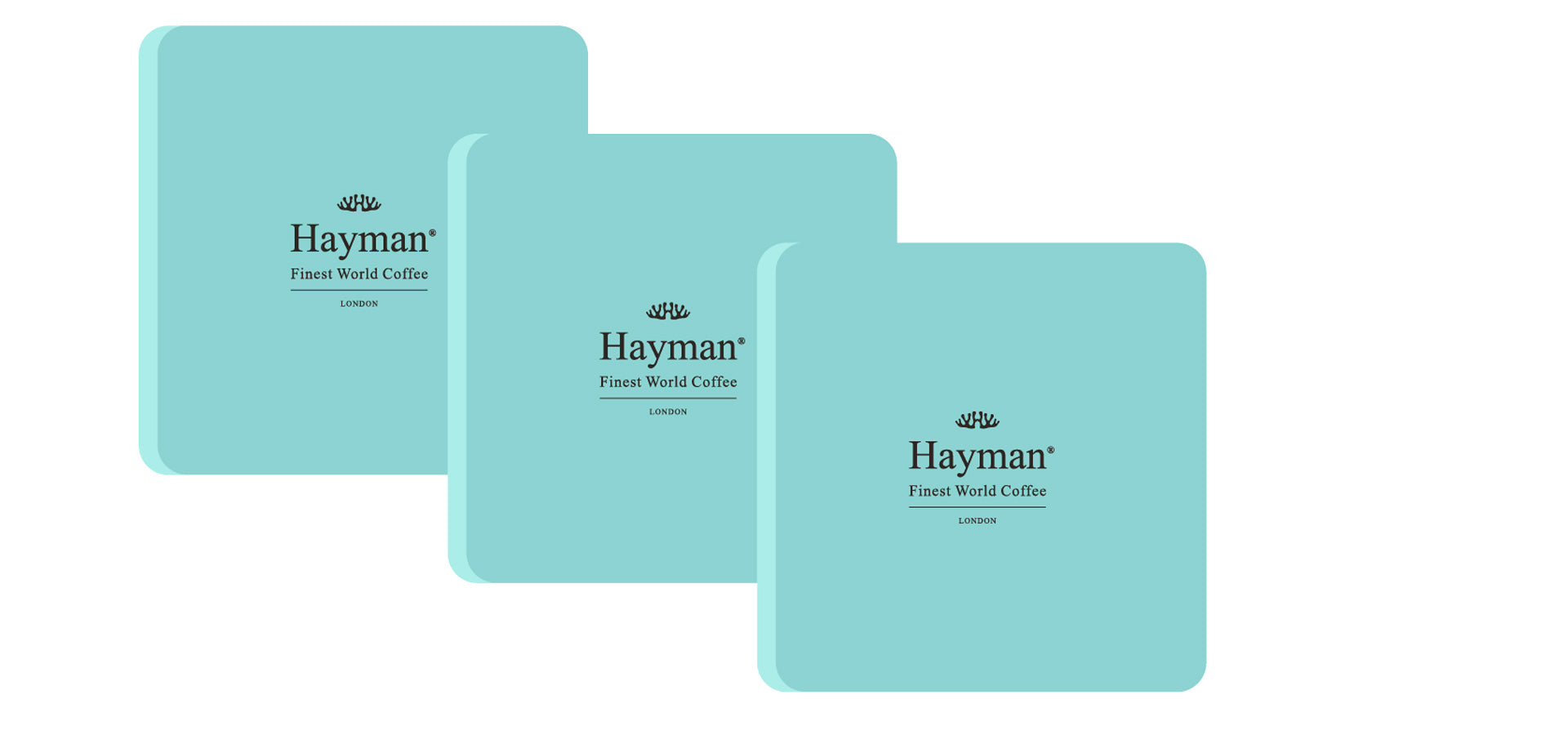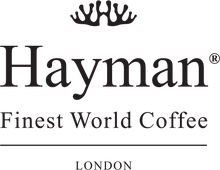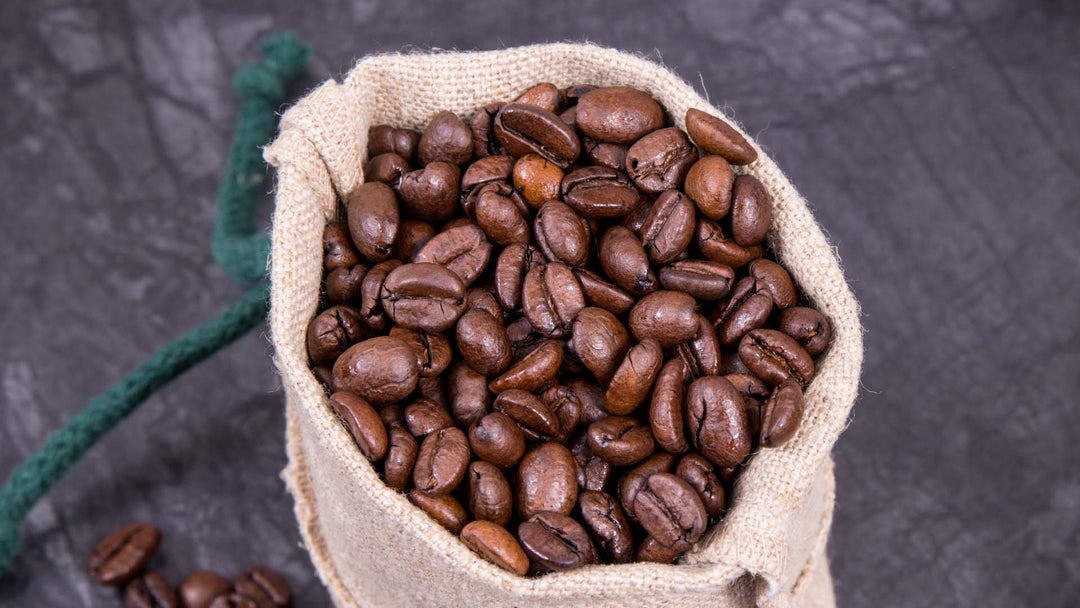Third Wave Coffee: Your Indispensable Guide (Part 1)

By now, you will have probably heard the term ‘third wave coffee’ being thrown around a fair bit. You may also have reached the conclusion that specialty coffee (or speciality coffee in UK English) and third wave coffee are the same thing.
In this insightful introductory guide, we will be taking a look at several common questions on the subject of third wave coffee and specialty coffee. For anyone still confused as to what (if anything) separates the two concepts, read on for the concise answers you need.
What Happened During the First and Second Waves?
The third wave coffee movement owes its name to the fact that two definable coffee ‘eras’ have already come and gone. In the 1960s, coffee became widely available and affordable for the first time. It suddenly became a product of choice for hundreds of millions of people, earmarking the start of the first wave.
This was subsequently followed by the second wave, where coffee hit the High Street and became a major trend in its own right. Starbucks and other huge chains went into business, quality coffee became more accessible and people started taking an interest in the coffees they consumed. Second wave coffee saw coffee become a desirable luxury, rather than just a basic everyday item.
What Makes the Third Wave Different?
Today, the third wave coffee movement is well and truly under way. Essentially, third wave coffee is basically an extension of second wave coffee.
What makes the difference is the extent to which consumers today are taking a greater interest than ever before in both the quality of the coffee they drink and where it comes from. There is much greater appreciation for truly exquisite coffee and a willingness to pay more for true speciality coffee.
Specialty coffee from artisan producers and roasters is readily available, often for prices nobody would have considered paying in the past. In addition, concepts like sustainability and supporting local communities are also more important to consumers than ever before.
What Triggered the Third Wave Movement?
The third wave coffee movement came about due to five things:
- Widespread availability of specialty coffee
- Knowledge and understanding of the importance of sustainability
- Greater consumer spending power
- Collective commitment to environmental preservation
- Increasingly discerning and demanding consumers
Combine each of the above five and you are presented with an entirely more sophisticated and selective market for quality coffee. To such an extent that many coffee-lovers have actually begun turning their backs on the biggest high street chains, having chosen instead to support local growers and producers in their own way.
In a nutshell, more people than ever before are spending more time and money appreciating exquisite coffee than ever before. The term ‘appreciation’ forms the very core of the third wave coffee movement, where true speciality coffee is enjoyed and appreciated on an entirely higher level.
Stay tuned for the second half of our two-part post on third wave coffee, coming soon…
At Hayman’s online store, you will find the best third wave coffee, including the legendary Jamaican Blue Mountain coffee, Kona coffee Hawaii, and Panama Geisha coffee (also called Gesha coffee). These spectacular gourmet coffees are available as green coffee beans (for home roasting), roasted whole bean coffee, ground coffee, Nespresso®* compatible pods, and coffee pods compatible with Keurig K Cup coffee makers (incl. Keurig 2.0 models)**. Click here to order today, we offer free worldwide shipping!
* Nespresso® is a registered trademark of Société des Produits Nestlé S.A., unrelated to Hayman®. Our espresso pods are not created or sold by Nespresso®.
** Keurig and K-Cup are registered trademarks of Keurig Green Mountain, Inc. unrelated to Hayman®. Our pods are not created or sold by Keurig®.
